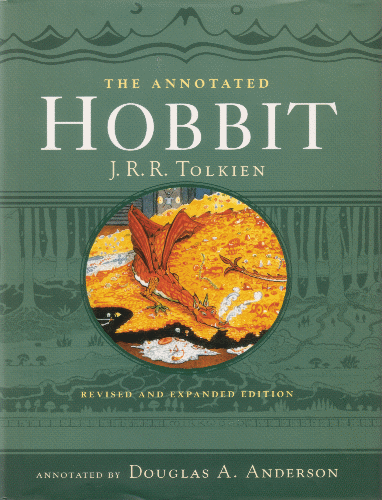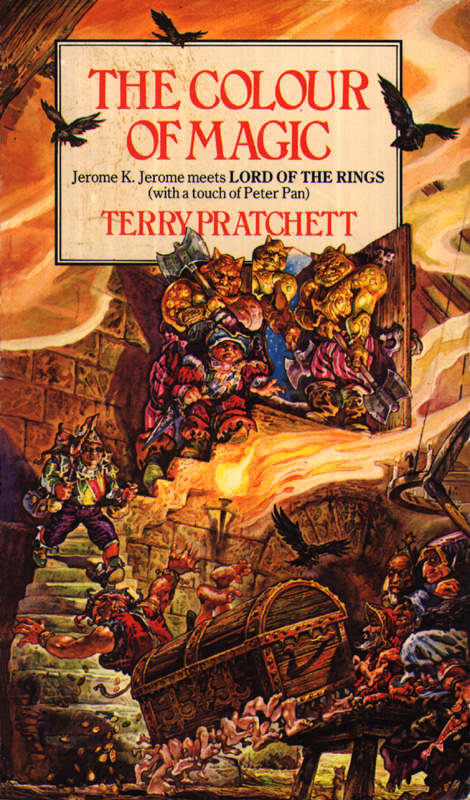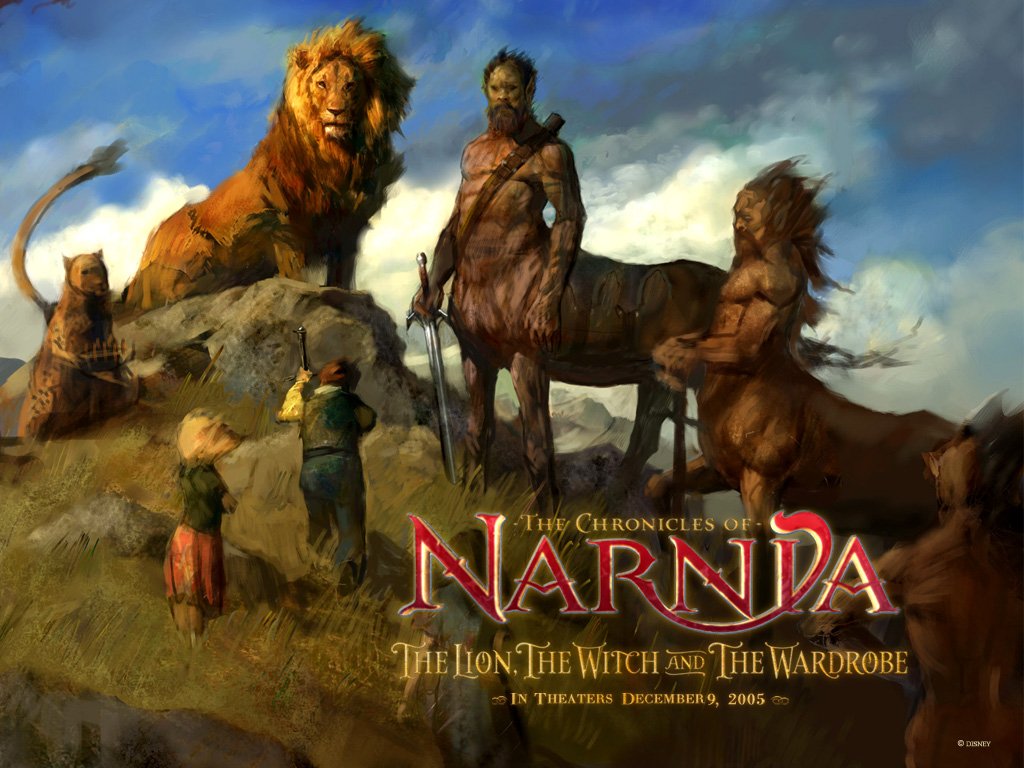The Hobbit by: J.R.R. Tolkien

As a genre fantasy brings the reader out of their reality and into a made up one in which they can go anywhere and do anything. They can be the hero. This is probably why it is such a popular genre today. Fantasy allows for the imagination to take the wheel and drive. In most societies and cultures allowing your imagination to be the ruling course of thought is not looked well upon. Logic and facts run the show.
When the fantasy genre was just getting started it was seen as an "escapists" pleasure. Today fantasy and the use of imagination is seen as a common fact of life. It is lucrative. In fact, imaginative people are often sought out to create more fantasy for the masses to consume. People want to see more of what they remember and understand. In part this is how the genre got built in the first place. For example,
The Hobbit by: J.R.R. Tolkien set up some of the archetypal themes, settings, and characters seen seen repeatedly in fantasy.
Tolkien uses a completely different world separate from our own. This gives him the ability to mold every aspect of the setting he created. Obviously influenced by folklore, he includes some recognizable characters, such as goblins, trolls, giants, elves, and dragons. Hobbits are entirely his creation. He then gives his characters a host of complications on their journey of high adventure.
Interestingly, one of my favorite parts about the book was the songs. I've heard many people complain about the songs taking away from the story and slowing everything down. I thought it was the opposite. The songs put the reader into the story and move the action forward. It is a song in the beginning that pushes Bilbo to desire adventure and it is the goblin song that makes the reader understand the fear of the characters when they are captured. Each song from a different species of character has a different background and gives insight into hat kind of character is being dealt with. The goblin song is strikingly staccato, abrupt, and means what it says,
"Clash, crash! Crush, smash!", while the Hobbit songs are more lyrical and mysterious.
Also, in Tolkien's story there is a journey for a prize and the path is dangerous. This is a theme seen in many works of fiction. It is a way to set the characters up for trials and growth. The hero is at first unwilling but is called to action by a mentor and so sets forth into a strange knew world to eventually become able to solve conflicts on their own ending the journey changed in some way. This theme of storytelling is often called The Hero's Journey. (This link is interactive. Interaction is not required. It can be used as a quick guide to understanding the Hero's Journey)

original source unknown

It seems that "High Fantasy" has been dominated by this ideal of storytelling often following Tolkien's setting of another world. Usually "High Fantasy" includes, a world in which our world does not exist, a world reached through a portal in our world, or a distinct world within a world.
Dsicworld is a world in which our world does not exist

The Chronicles of Narnia a world reached through a portal in our world

Harry Potter a distinct world within a world
The Hero's Journey has even leaked into other genres such as Sci-Fi.


Required Movie:
The Color of Magic (two episodes made for television, 2008)

This story also follows the Hero's Journey, but instead of having a serious mood it is humorous. It is based on the Comic Fantasy novel The Colour of Magic by: Terry Pratchett, the first book in his series Discworld.
Following Rincewind, a wizard who is not very good at magic and the first ever tourist to visit Ankh-Morpork, Twoflower, the story follows these characters as they become entangled in a journey to save the entirety of Discworld from certain destruction. Hilarity ensues as Pratchett twists several common fantasy archetypes.
This can be seen in the extremely old Cohen the Barbarian, who is not a youthful hot-head. Bethan, the beautiful young Druid sacrifice, is also a good example as she is not a damsel in distress and falls in love with the much older Cohen instead of a young handsome man.
These twisted archetypes were very fun to become acquainted with since they were unusual to "High Fantasy". Authors and directors today have to be clever to come up with "High Fantasy" that does not seem expected to the viewer.
No comments:
Post a Comment